The “Younger Lady” mummy, discovered in tomb KV35, is a significant figure in Egyptian history. Identified as the mother of King Tutankhamun, her life and death offer insights into the royal lineage and mysteries of ancient Egypt.
Discovery and Identification
The Younger Lady’s discovery and subsequent identification have shed light on the complex relationships within the Egyptian royal family.
The KV35 Discovery
The Younger Lady’s mummy was discovered in tomb KV35 by archaeologist Victor Loret in 1898, alongside other notable mummies.
- Victor Loret’s Excavation: Loret’s excavation of KV35 revealed a collection of royal mummies, including those of Tiye and a young boy, possibly Prince Thutmose.
- Placement in the Tomb: The Younger Lady’s placement near her mother, Tiye, and the young boy suggested a close familial relationship.
- Initial Observations: Early observations of the mummy revealed a young woman with distinctive features, sparking curiosity about her identity.
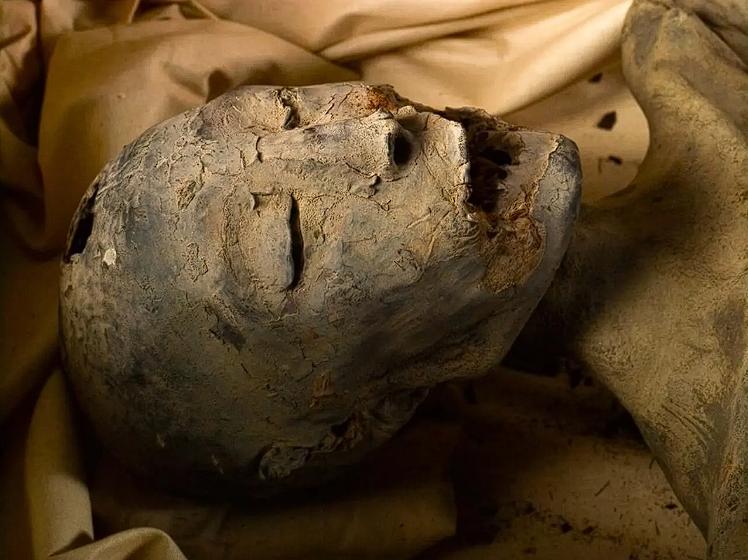
Formal Identification and Royal Lineage
Modern analysis has formally identified the Younger Lady as the mother of King Tutankhamun and a daughter of Amenhotep III and Tiye.
- DNA Analysis: DNA analysis confirmed the Younger Lady’s relationship to Tutankhamun, establishing her as his mother.
- Royal Parentage: She was identified as a daughter of Amenhotep III and Tiye, placing her within the highest echelons of Egyptian royalty.
- Sister of KV55: The Younger Lady was also identified as the full biological sister of the mummy known as KV55, believed by some scholars to be Akhenaten.
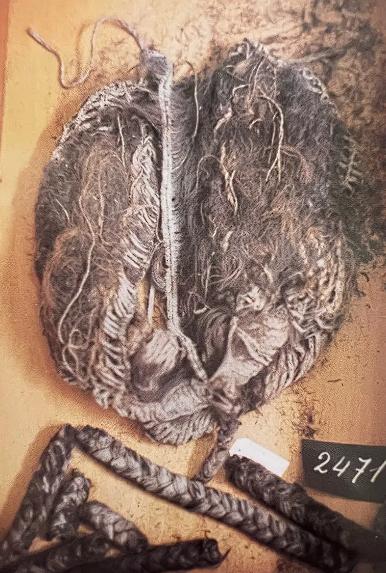
Physical Characteristics and Age
Analysis of the Younger Lady’s physical characteristics has provided insights into her age, height, and overall health.
- Age at Death: Modern analysis suggests she was between 25 and 35 years old at the time of her death.
- Height and Build: She measured approximately 158cm (5 feet 2 inches) tall, indicating a relatively petite stature.
- Unerupted Wisdom Teeth: Like her son Tutankhamun, she had unerupted wisdom teeth, further suggesting she died as a young adult.
Mysteries and Unanswered Questions
Despite the advancements in identifying the Younger Lady, several mysteries and unanswered questions remain about her life and death.
The Wound on Her Jawline
One of the most notable features of the Younger Lady’s mummy is a visible wound on her jawline, the cause of which remains undetermined.
- Possible Fatal Blow: The wound may have been inflicted during her lifetime, possibly as a fatal blow.
- Tomb Robbery Injury: Alternatively, the injury could have occurred during a tomb robbery.
- Lack of Official Determination: To date, there has been no official determination of the wound’s cause.
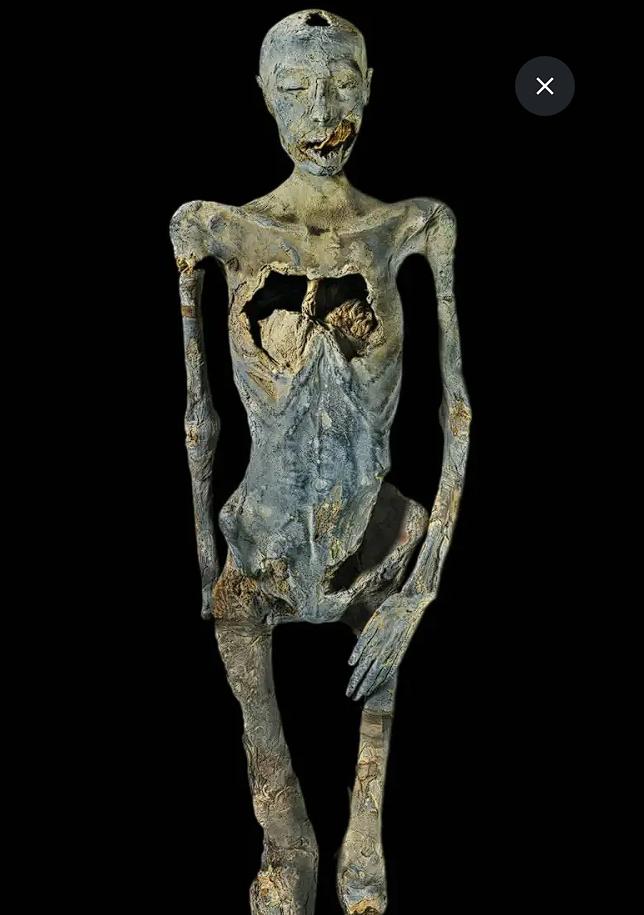
The Cavity on Her Torso
The Younger Lady’s mummy also exhibits a large cavity on her torso, which has been a subject of speculation and analysis.
- Pre-Death Wounds: The Egyptian Mummy Project suggests the wounds were likely inflicted prior to her death.
- Potential Cause of Death: These wounds may provide clues about her cause of death.
- Ongoing Research: Further research is needed to fully understand the nature and significance of these wounds.
The Identity of KV55
The identity of the mummy known as KV55, believed by some scholars to be Akhenaten, remains a subject of debate and uncertainty.
- Akhenaten’s Mummy: Some scholars believe KV55 is the mummy of Akhenaten, the father of Tutankhamun.
- Lack of Official Certification: However, this identification has not been officially certified.
- Implications for the Younger Lady: The identity of KV55 has implications for understanding the Younger Lady’s familial relationships and the royal lineage.
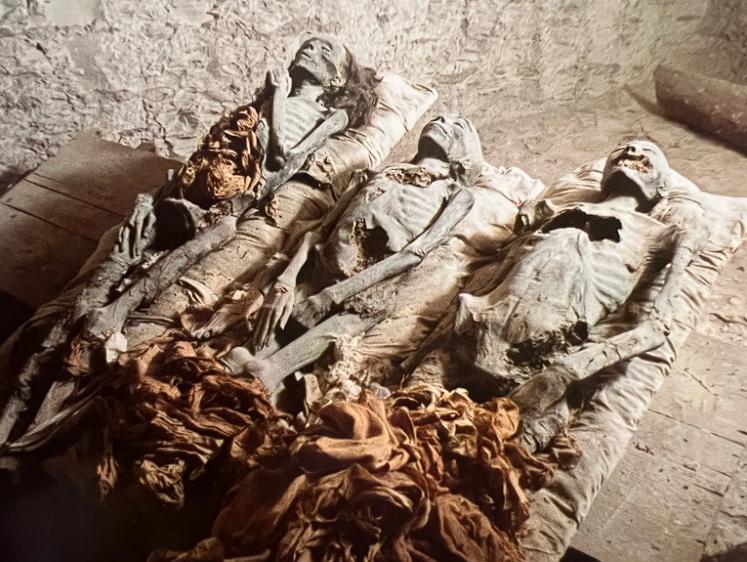
Legacy and Continued Study
The Younger Lady’s mummy continues to be a subject of study and fascination, offering valuable insights into ancient Egyptian history and culture.
Photographs by Kenneth Garrett
Photographs of the Younger Lady’s mummy, taken by Kenneth Garrett for National Geographic in 2005, have provided detailed images for study and analysis.
- Documentation and Analysis: Garrett’s photographs have aided in the documentation and analysis of the mummy’s features and condition.
- Public Awareness: These photographs have also increased public awareness of the Younger Lady and her significance.
- Visual Record: They serve as a visual record of the mummy’s state and appearance.
Continued Research and Discoveries
Ongoing research and advancements in technology continue to shed light on the Younger Lady’s life and death.
- Advanced Imaging Techniques: CT scans and other advanced imaging techniques provide detailed insights into the mummy’s internal structure.
- DNA and Genetic Studies: DNA and genetic studies offer further information about her lineage and relationships.
- Historical Context: Continued research helps place the Younger Lady within the broader historical context of ancient Egypt.
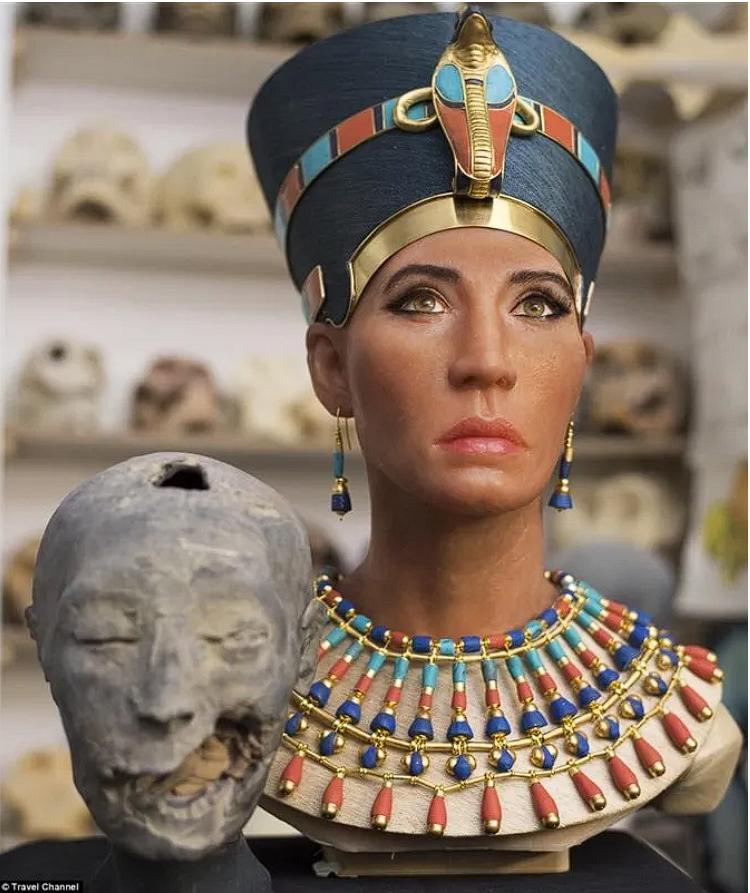
Significance for Egyptian History
The Younger Lady’s mummy holds significant historical value, contributing to our understanding of the Amarna Period and the royal lineage of the 18th Dynasty.
- Amarna Period Insights: Her life and death provide insights into the Amarna Period, a time of significant religious and political change.
- Royal Lineage Clarification: Her identification has helped clarify the royal lineage and relationships within the 18th Dynasty.
- Cultural and Historical Understanding: The Younger Lady’s mummy contributes to our overall understanding of ancient Egyptian culture and history.
